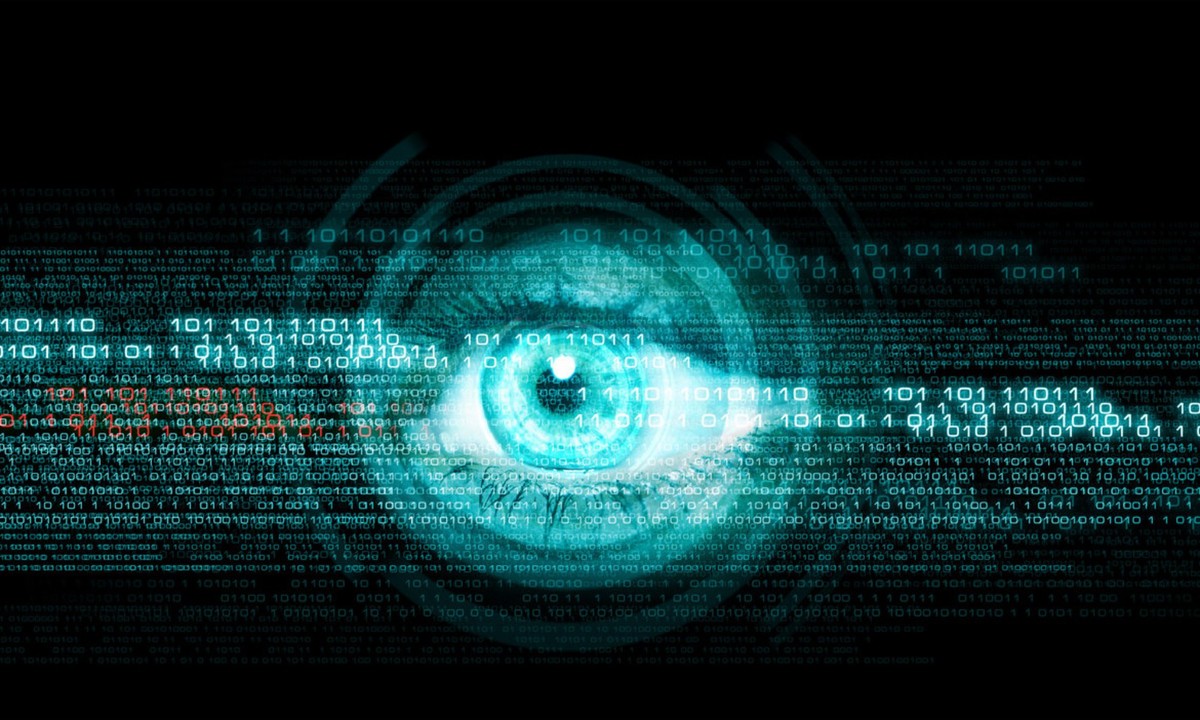Cyber attacks are becoming more advanced and frequent as machine learning and artificial intelligence grow and develop as a field. As such, businesses are constantly looking for ways to improve their security measures, and one of the most important aspects of cybersecurity is identity protection. Keeping confidential information secure behind a wall of verification is the best way to ensure that it can’t be used by those who would do harm with it.
Traditional identity verification methods like Captcha tests have become less effective. In this article, we’ll compare two identity verification systems: Photolok and ReCaptcha, and discuss how each system protects against AI attacks. We’ll also explore the advantages and disadvantages of each system, and help you decide which one is best for your business.
How ReCaptcha Protects Against AI Attacks
ReCaptcha is an authentication system developed by Google based on Captcha tests, which are used to determine whether a user attempting to access secure information is a human being or a program trying to pose as one. These tests typically include needing to click a specific space, enter a series of letters or numbers from an image, or select a particular object in a grid of images. Captcha tests notoriously and intentionally use low-quality, confusing, or distorted images to make their tests more difficult for AI and machine learning programs to interpret.
ReCaptcha has more advanced risk analysis and puzzle-based tests, making it more secure than traditional Captcha. These puzzles require more advanced machine learning and AI programming to crack and can take longer, giving system administrators time to recognize and respond to an attack. It also makes it harder for spam users to send emails, make comments, and post advertisements to various sites. It also helps to defend against fake registrations on websites, which can be helpful for those with email sign-up lists for newsletters or giveaways. ReCaptcha is well-integrated into different website-building software, so it’s relatively easy to install and keep up.
Unfortunately, ReCaptcha isn’t perfect. As AI and machine learning have evolved, especially in the field of image recognition, image-based ReCaptcha questions have become more susceptible to attack and cracking. Older Captcha systems are also now susceptible to brute-force attacks which can simply override and bypass them, rendering them useless.
The system is also largely seen as annoying and frustrating to use, especially for users with vision impairments or literacy impairments like dyslexia that make interpreting certain versions of the test nearly impossible. As such, browser plug-ins have been created to bypass the systems, which bad actors can use to get around these tests relatively easily.
How Photolok Protects Against AI Attacks
Photolok is an authentication system that uses images to verify identity. Users select a series of images and label them as multi-use, one-time use, or “Duress,” a label that would send a distress signal to appropriate parties if it’s used. When logging into their accounts, they will be asked to choose their image from a grid, after which they’ll be able to access their information.
In terms of AI and machine learning attacks, Photolok has integrated lateral defenses on top of sophisticated encryption. Standard password-cracking programs won’t work on Photolok as, again, there are no passwords to crack, and image recognition software is only useful if it knows what to look for. While it might be possible for an AI system to correctly interpret which photo is a user’s after observing them, this would take a long period of data collection, and the use of one-time-use images could foil this data collection entirely. Additionally, having a long data collection period leaves attackers open to discovery, which is a vulnerability many are not willing to risk. Keylogging systems also won’t work against Photolok; the user’s chosen image is in a random location on their grid every time they log in.
Photolok is an advanced security system even against non-AI attacks. Since there are no passwords to share, Photolok is generally more secure than password-only systems. One-time-use photos can be useful for remote workers who might be operating in unsecured environments like coffee shops or coworking spaces, where there might be a risk of shoulder surfing.
Should You Use Photolok or Recaptcha?
Captcha tests were useful in the earlier days of the internet when they were aimed at deflecting basic computer programs, but in the modern world, where AI can solve them faster than some human beings, captcha tests are becoming obsolete. Even Google’s more advanced ReCaptcha has significant catching up to do before it can be considered an effective security measure.
Because of this, it’s a good idea for companies to look into alternative identity protection methods like Photolok. With their image-based security system and built-in security protocols, Photolok can more accurately and effectively combat AI and machine learning attacks as well as human sabotage attempts.
If you’re interested in testing Photolok for your enterprise, you can schedule a demo with the sales team via their website.
Read More: MFA, SSO, IdP for Fraudulent Detection
Read More: Corporate Password Management Solutions: MFA, SSO, IdP
Read More: Secure Access Anywhere: Photolok for the Remote Work Era

